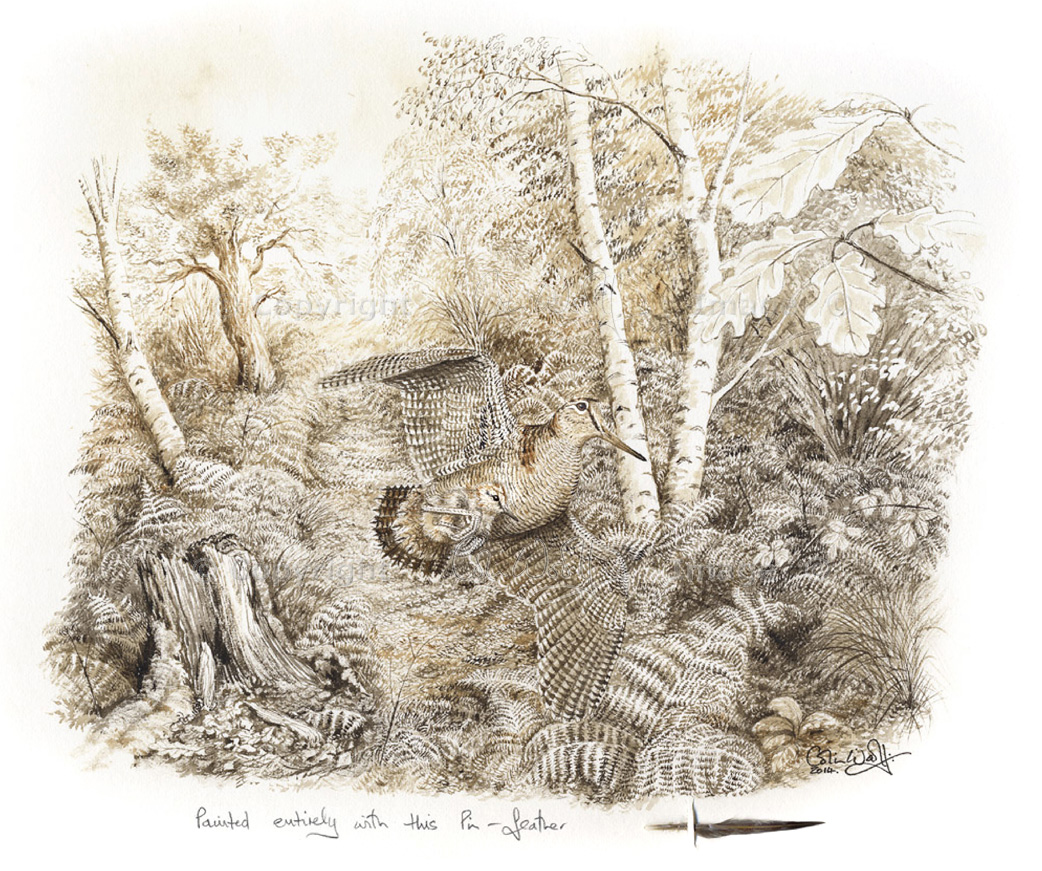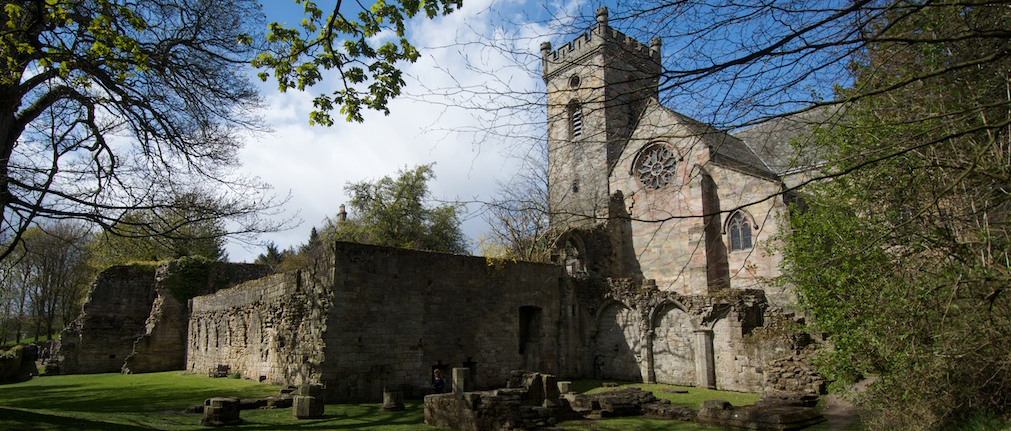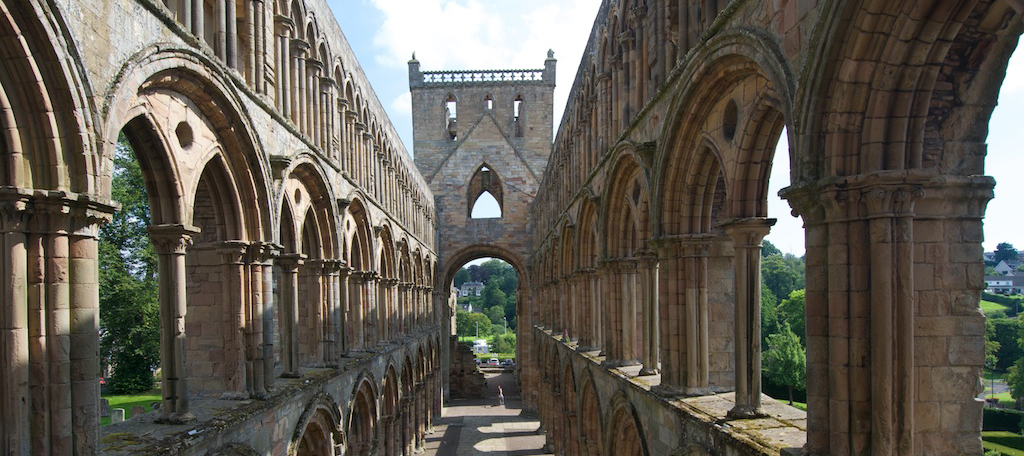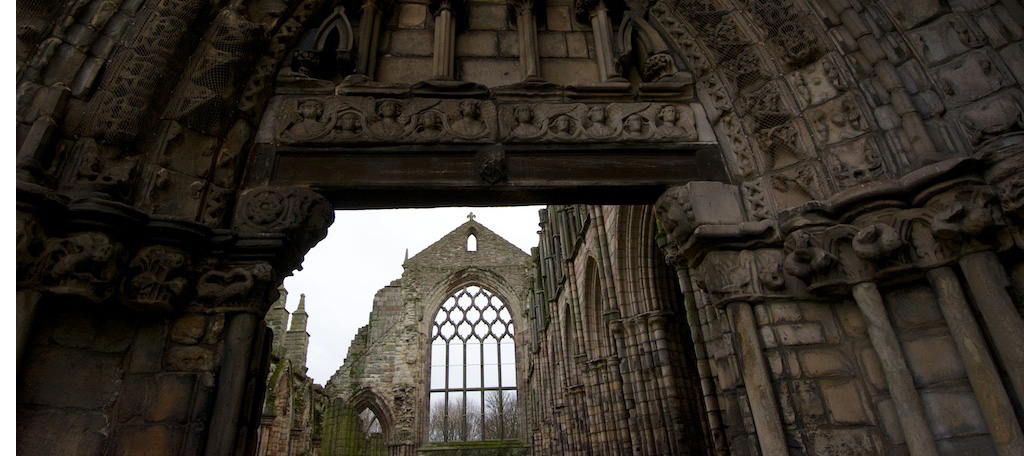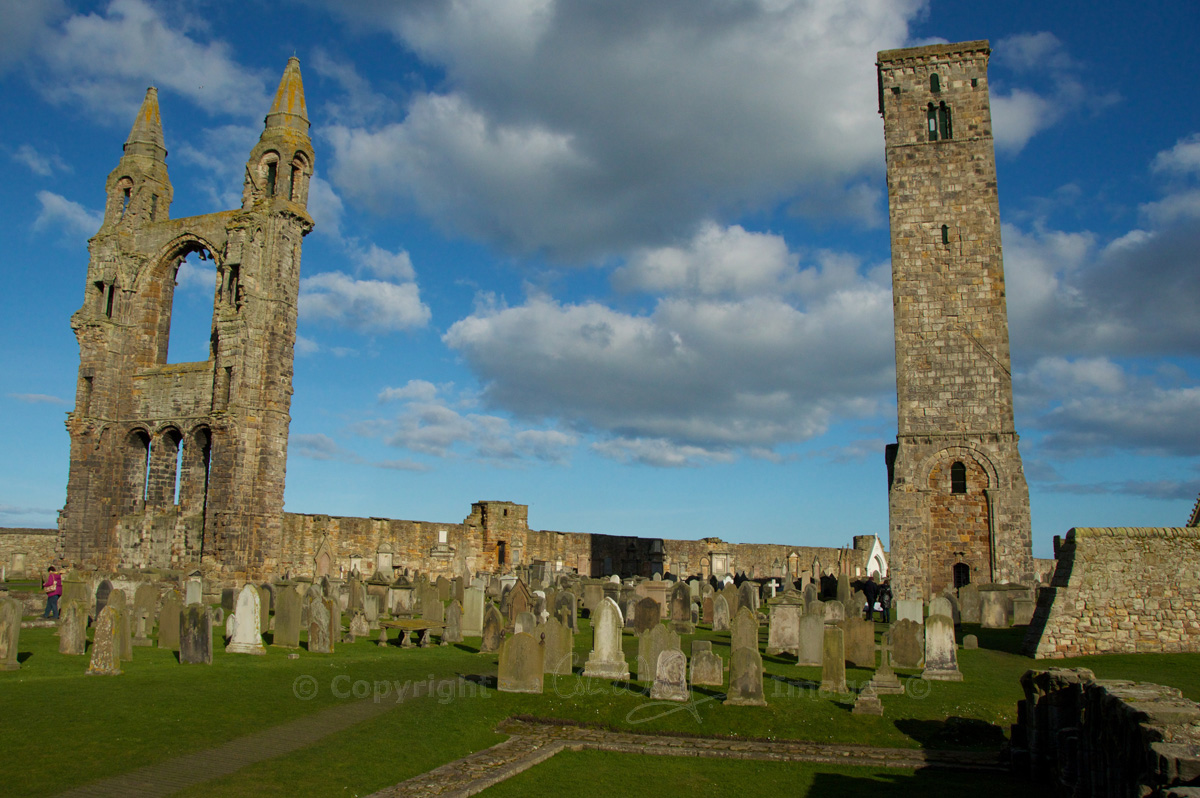
St Andrews: the legacy of St Rule
The long, narrow finger of St Rule’s Tower rises above the grounds of St Andrews Cathedral, reaching a height of over 100 feet and offering spectacular views of the coastline and the city below. Built in the 12th century, it would have been a welcome sight for pilgrims who had travelled from far and wide to worship the relics of St Andrew, which were housed within the church.
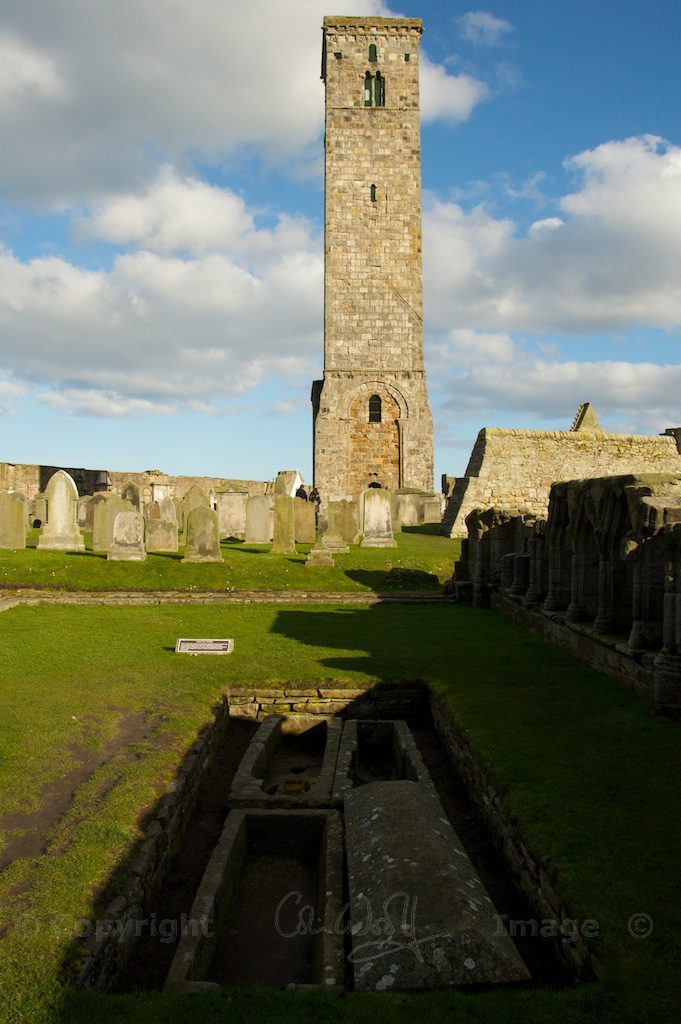
St Andrew was one of Christ’s disciples. How on earth did his relics arrive at a small town in Fife?
About St Andrew…
According to the Gospels, Andrew and his brother, Simon, who were fishermen from Galilee, were invited by Christ to become ‘fishers of men‘. Andrew was present at the Last Supper and in the garden at Gethsemane, and he saw the risen Christ after the Resurrection.
In his mission to spread the message of Christianity, Andrew travelled widely through Greece and Asia; but his efforts were lost on the Romans. As a punishment for baptising the wife and brother of the Governor of Patras, they crucified him on a diagonal cross, a symbol which is used in the saltire or Scottish flag.
 During the 4th century St Andrew’s relics were preserved at Patras, in the care of a Greek monk called St Regulus (later known as St Rule). Legend says that St Rule had a dream in which an angel advised him to take some of the remains of St Andrew and hide them somewhere. St Rule obeyed. Soon afterwards, the Emperor Constantine had all the remaining relics moved to Constantinople.
During the 4th century St Andrew’s relics were preserved at Patras, in the care of a Greek monk called St Regulus (later known as St Rule). Legend says that St Rule had a dream in which an angel advised him to take some of the remains of St Andrew and hide them somewhere. St Rule obeyed. Soon afterwards, the Emperor Constantine had all the remaining relics moved to Constantinople.
In a second dream, the angel advised St Rule to take the hidden relics ‘to the ends of the earth’ for protection. The angel decreed that wherever he was shipwrecked, he was to build a shrine for them. St Rule set sail, taking with him the precious objects which consisted of a kneecap, an upper arm bone, three fingers and a tooth. He headed west, towards the edge of the known world, and was shipwrecked on the coast of Fife. Maybe, with some divine premonition, he knew that the shrine that he built there would become the religious capital of Scotland, visited by thousands of medieval pilgrims every year.
The University of St Andrews offers a slightly more prosaic version of this story. It suggests that the relics of St Andrew were brought here in 733 by Bishop Acca of Hexham, a well known collector of religious relics. The Bishop was a former abbot of St Andrews, and the religious centre had been founded either by St Rule or by Oengus, a Pictish king.

Perhaps we will never know exactly who brought them, but one thing is for sure: the arrival of St Andrew’s bones and the establishment of a Scottish church served to strengthen the identity of Scotland, forming a powerful asset for medieval monarchs to wield over would-be invaders and even the Pope himself.
Pilgrims from all over Europe flocked to see the relics, and Queen Margaret – later Saint Margaret – endowed a ferry service across the Firth of Forth to make their journey easier. Hostels for accommodation were built on either bank, and these are still remembered in the names of North and South Queensferry.
Little remains of the first and second churches that were built at St Andrews, which was then known as Kirrymont, in those early years of Christianity. They are believed to have been established on sites close to the harbour.
Around 1127 a community of Culdee monks (in Irish, Céli Dé, companions of God) set about building St Rule’s Tower. As one recent surveyor has remarked, the stone has been beautifully dressed, and the tower is amazingly well preserved. In fact, there are similarities between this and the shorter tower of Muthill in Perthshire, which has similar origins.
It is believed that the original church of St Rule comprised just the tower and a simple chancel. Inside was a shrine housing the precious relics, which were probably preserved in an ornate reliquary or casket. But after less than 20 years, in a move towards the Catholic Church of Rome, the monastery was granted to the Canons Regular who were following the Rule of St Augustine. The Culdees were ‘displaced’ (and quite possibly displeased!) and were forced to set up another house for themselves nearby.
The Augustinian canons had bigger ambitions than the Culdees. They enlarged and extended the buildings attached to the tower, but after a while these proved inadequate for their needs. A new cathedral of magnificent proportions was soon rising from the ground next to the old church, and the extensions that had been added to St Rule’s were removed. By the time the cathedral was complete, the old tower had been restored to its original dimensions – which is lucky for us, because it now appears pretty much as it did was when it was first built (of course, the chancel would have been roofed).
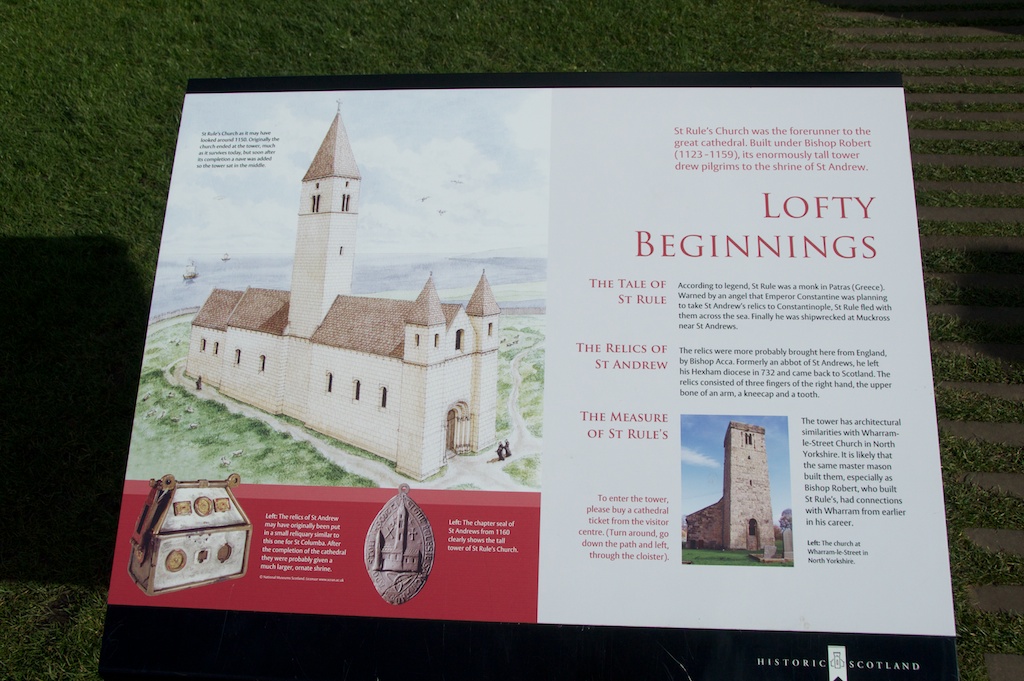
This is why traces of arched doorways can still be seen on the grey ashlar walls. The website Scottish Churches tells us that: “Above the chancel three successive roof pitches are marked on the tower. It is thought the middle roof level was the original, with a 13th or 14th century taller roof, followed by the 15th century lower one.”
In the 17th century, a corbelled parapet was added to the top of the tower. In later years, some memorial stones have been inserted into the walls of the chancel, which look a little incongruous. If you are brave enough, you can climb the narrow spiral staircase and enjoy the views from the top. Be warned – it’s a tight, dark stairway, and if you are not keen on heights I’d advise you to give it a long, hard think before attempting!
What happened to the relics of St Andrew?
It is likely that they were lost during the Reformation, when many sacred artefacts and works of art were destroyed. On 14th June 1559, the cathedral and its shrine were desecrated by ardent followers of John Knox, who abhorred all the adornments of the Catholic faith.
However, Scotland has since obtained some more relics: in 1969, Pope Paul VI gave some bones of St Andrew to Cardinal Gray, and these are kept in St Mary’s Cathedral, Edinburgh.
Scotland’s affection for St Andrew remains very deep-rooted. The website of St Mary’s Cathedral in Edinburgh explains: “It was commonly believed that the Apostle Andrew had chosen the Scottish people to care for and honour his relics.” His relics might have had a bit of a stressful time, but his spirit has been absorbed into the nation’s heart.
Sources:
- Historic Scotland
- University of St Andrews
- Undiscovered Scotland
- BBC History
- St Mary’s Cathedral
- Scottish Churches
- RCAHMS
St Rule’s Tower is in the care of Historic Scotland; it’s open all year, admission £4.50 for adults. More information on the Historic Scotland website.
All photos copyright © Colin & Jo Woolf
More about St Andrews
If you enjoyed this, you’ll love St Andrews Cathedral, described as Scotland’s largest and most magnificent medieval church. Or, if you’re brave enough to take a walk on the dark side, check out the Ghosts of St Andrews!

